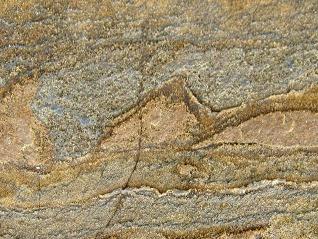Life on Earth is even older than we thought, Australian scientists said on Thursday as they unveiled fossils dating back a staggering 3.7 billion years.
The tiny structures — called stromatolites — were found in ancient rock along the edge of Greenland’s ice cap, and were 220 million years older than the previous record holders.
They show that life emerged fairly shortly — in geological terms — after Earth was formed some 4.5 billion years ago, said lead researcher Allen Nutman of the University of Wollongong.
And, he added, they offer hope that very basic life may at one point have existed on Mars.
“This discovery represents a new benchmark for the oldest preserved evidence of life on Earth,” Professor Martin Julian Van Kranendonk, a geology expert at the University of New South Wales and study co-author, said in a statement.
The structure and geochemistry of the rock in which they were found provided clues to a biological origin for the microfossils, he said, which in turn “points to a rapid emergence of life on Earth”.
The one-to-four centimetre high Isua stromatolites were exposed after the melting of a snow patch in the Isua Greenstone Belt of Greenland.
Sediment to solid rock
Stromatolites are formed when microorganisms, such as certain kinds of bacteria, trap bits of sediment together in layers. These layers build up over time to create solid rock.
These rocks themselves were never alive, but their existence suggest that the very simple single-cell organisms that made them were present on Earth hundreds of millions of years earlier than previously thought, said the team.
Another scientist was more skeptical. Structures that look just like stromatolites can form without the presence of any living organism, Abigail Allwood of the California Institute of Technology wrote in a comment on the study. “The interpretation of stromatolite-like structures has been notoriously difficult in Earth’s oldest rocks,” she wrote, and predicted the study findings would “spark controversy”.


Leave a comment